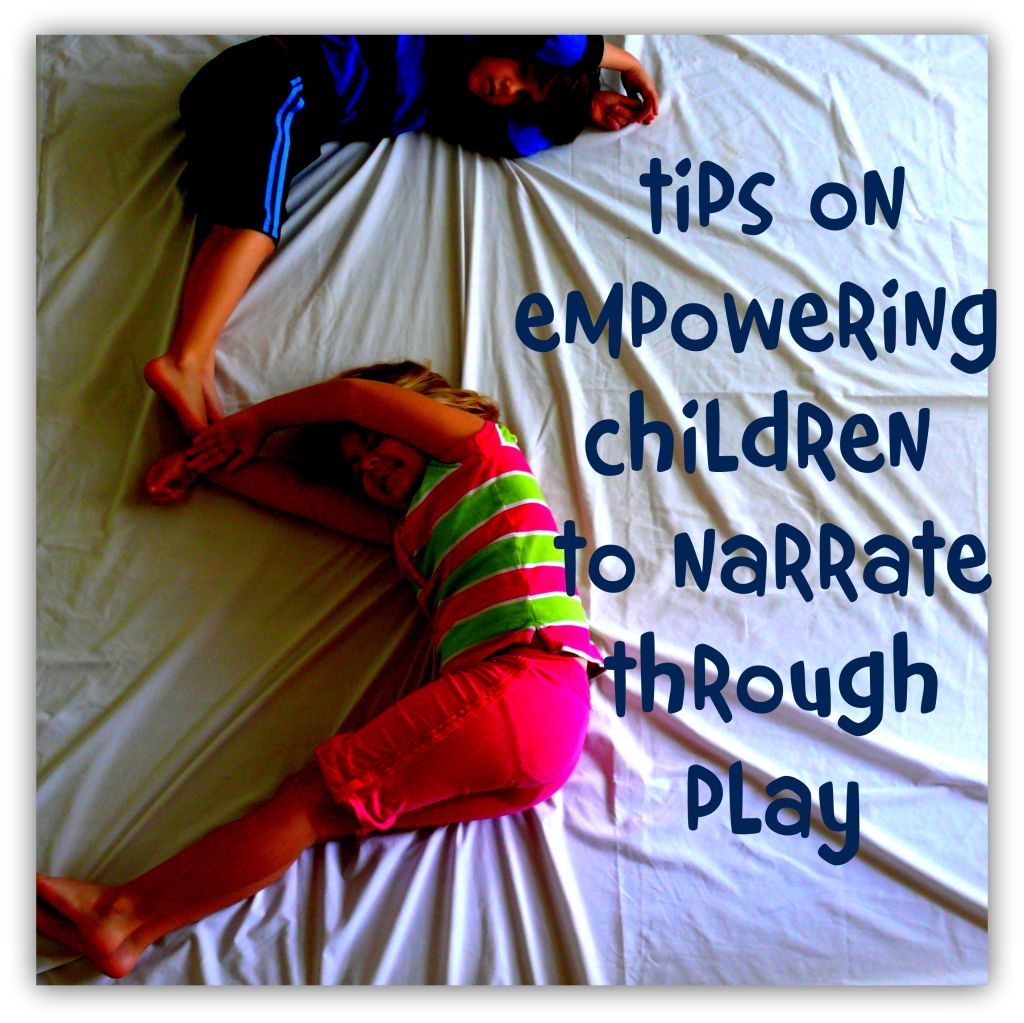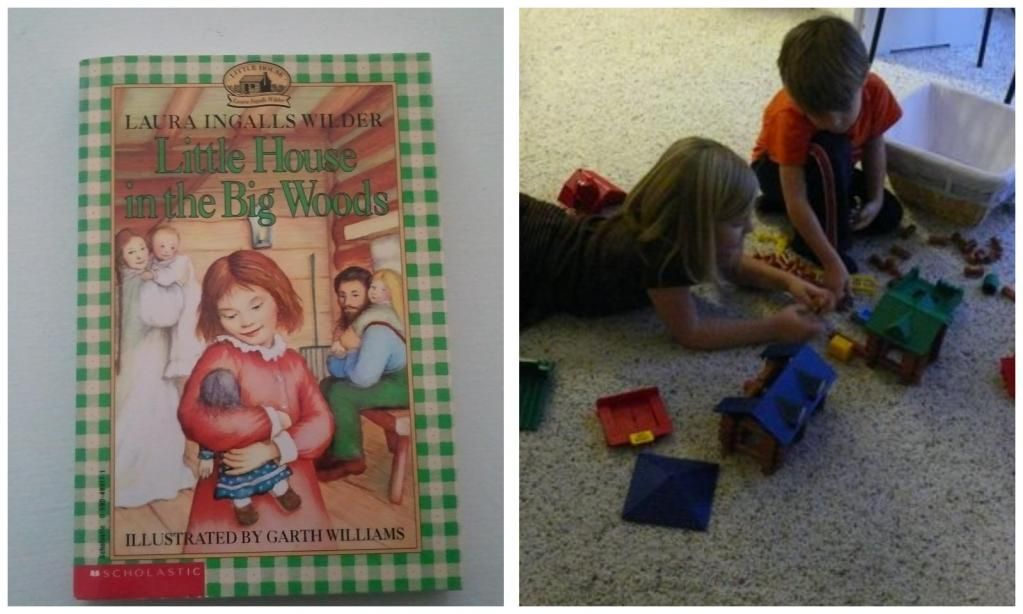Can you recall the first time you watched a child play…like really play?
For many parents, it’s those first few moments an infant starts to purposefully place hands together to manipulate a toy or engage with a caregiver. Remember that beautiful spark in the child’s eye that signals to you “I am alive, curious, and want to engage in my world.”
And I too remember watching my infants for hours on blankets, but the first time I really studied children playing was as a graduate counseling student desiring to use play therapy techniques with children and teens in a therapeutic setting. While adults communicate primarily through verbalization, children’s natural communication medium is play. Play is universal and does not require an external reward. It is the way children explore, become oriented to the world, experiment, and learn in their individualized ways. Play is a window to a child’s stream of consciousness and is often how they organize experiences. If a child feels safe, strong emotions can emerge. There is a sense of empowerment and engagement that comes from control in play. Is there anything more beautiful than an ordinary child extraordinarily empowered and engaged?
From Professional Counselor to Professional Homeschool Mom
{Yes, I did say professional homeschool mom!} Fast forward 10+ years and I begin reading Charlotte Mason’s philosophies of education. I resonate with the idea of education being an atmosophere, a discipline, a life. I begin implementing many of her practices including utilizing quality living books, nature studies, and narration. And the challenge becomes to train my children in narration. I begin to notice a pattern though, even when verbal narrations are concise with a few details…I often find my children “playing through” their stories during afternoon quiet times or acting out a portion of the story. These spontaneous moments have more details and emotional passion than their verbal narrations. In fact, the stories they “play out” often become their favorites. I see my children empowered and engaged. So as a mom of a 5 and 7 year old at the beginning of my homeschool journey, I begin to cultivate opportunities to narrate through play. Can I share what I’ve learned?
1. Choose high quality literature. Ms. Mason suggests that literature should stimulate and nurture the mind. I’m going to suggest that there should also be an emotional response. The emotion evoked while reading is going to help with storage and recall of the information. This means literature is stimulating intellectually, but also might mean that conflict in plots would represent challenges in moral development (character-building), adventures would stimulate imagination, and artwork induces mood and creativity (in the case of picture books). This emotion is also going to be the trigger for re-creating or playing through the literature.
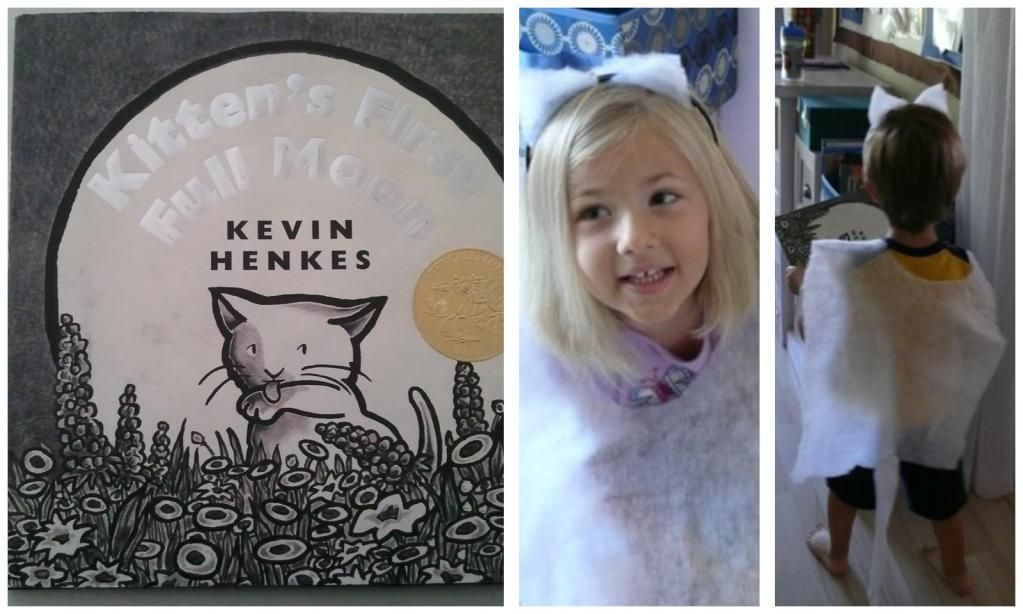
2. Provide a few small tools to stimulate the play. The tools should not require elaborate expense or planning. Teach children to use what they have. But maybe you can help make a simple costume from scrap supplies. Maybe it’s a suggestion to get out a toy they already have and use it in a new way (blocks, Legos, Lincoln Logs are good for this…even stuffed animals or miniatures can get recruited as resources). Look for opportunities to say “Yes” to a child’s request to use objects or symbols with which they might not normally play….is it really going to hurt if they unmake their bed to make a toga from their sheets?

3. Don’t direct the child’s play. Just like we avoid too many leading questions in asking for narration, we also want to avoid too much involvement in the narration through play. It’s okay for you to help summarize what you have seen them play. A simple statement like, “Oh I see, you’ve built a lighthouse right underneath the great big bridge," affirms their initiation. {Notice it’s not, “Why did you put the bridge there, why not the other side.” Or, “I think you should have built the bring going the other way.”} Just because you picture it differently in your mind doesn’t mean that’s how the child imagines it or depicts it in his play. Less is more here. ;)
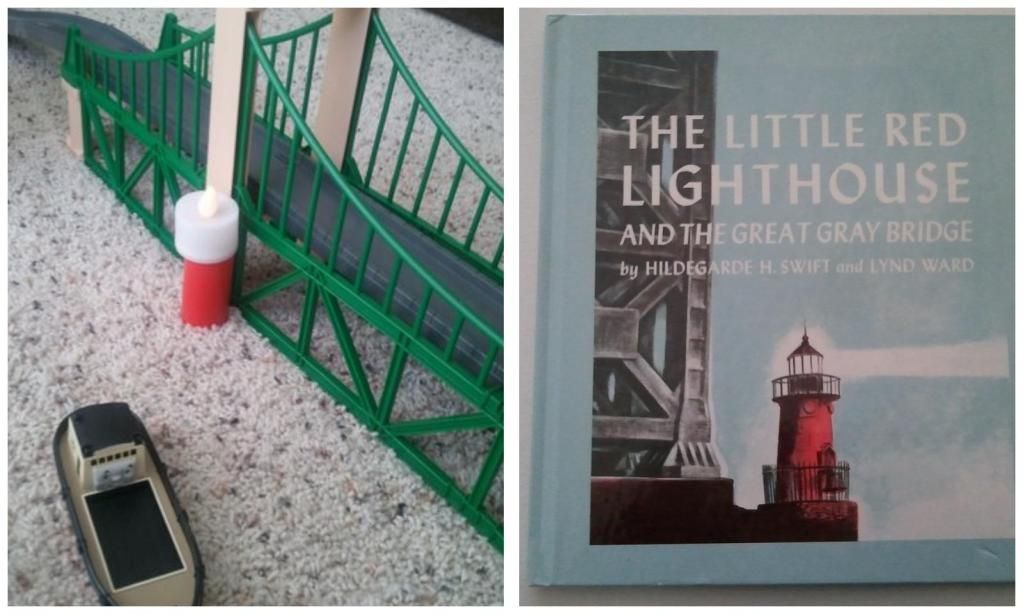
4. Look for opportunities to discuss setting, point of view, mood, or theme of the story. While the plot often gets much of the attention, truly learning from literature requires more than just restating a plot. Maybe we can work together to turn a child’s bedroom into a “Salamander Room” {setting}, or maybe a child will act out/play through a story from a character’s perspective other than the main character {point of view}. Maybe we can help set a {mood} for play by offering alternative lighting or music. Again, keep it simple…we don’t do all of these with every story…I would suggest just offer one small idea and let the children build from there.
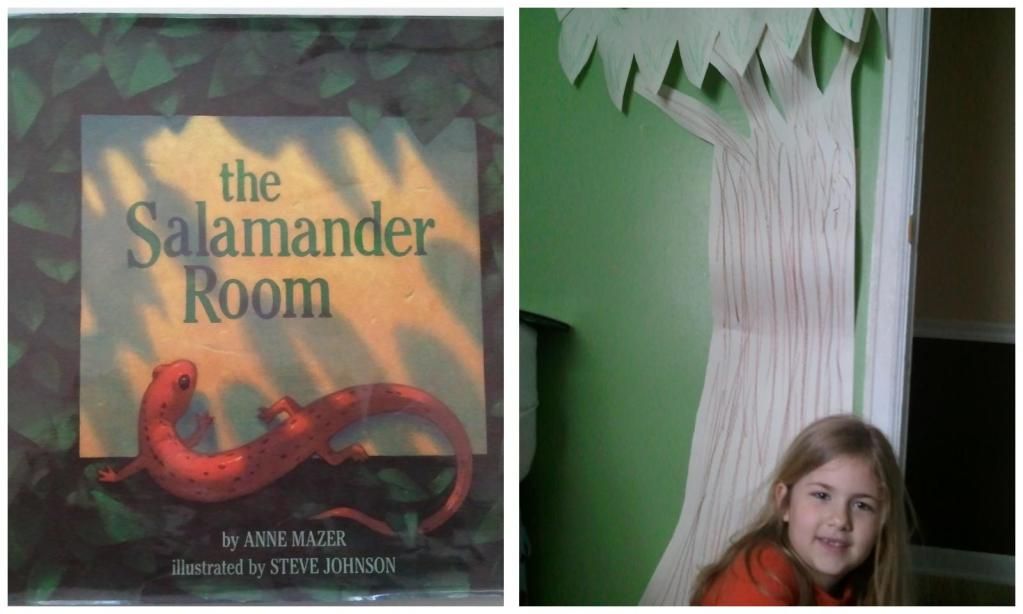
5. Encourage and look for growth in narration through play. Just like an 11 years old’s free-time play looks different than a four year old's, so should their narration through play. I hesitate to share specifics because play and growth are both so fluid, but here are a few thoughts:
a. 2-4 year olds- Most play will be simple, may involve one character, dress up, and one or two events. Narrations may be the parent stating what they observe the child(ren) playing.
b. 5-6 year olds- Play will still be simple, but more than one character and several events may be managed. Parents engage child(ren)in beginning verbal narrations as child demonstrates ability.
c. 7-8 year olds- Children will more naturally think about setting and mood and multiple characters and events may be evident. Verbal narrations formally begin.
d. 9-12 year olds- Play will be quite complex with multiple shifts in plot depicted. Children are developing abstract thinking abilities and so play with reflect a shift away from simple concrete depictions. Literature becomes more complex including more biographies and non-fiction. Moving toward more independent play. Verbal narrations should be increasingly substantial. Creative play may the spark for verbal narration {example: Egyptian pyramid made from legos may be the way a child introduces a narration about Egyptian history to a friend or family member}
e. 13+- Teens can play too, but most of this will be independent creations. Verbal narrations will be main focus, but creative narrations such as blogging, video recordings, photography, creative writing, etc. are great opportunities to allow for teens to narrate through play.
be engaged and empowered in their learning
I know I am!...now go play!
Stacey homeschools her two children in the midwest
using mostly Five In a Row and other literature based methods.
She blogs at brainintrainin and tweets as @staceyruberg.


